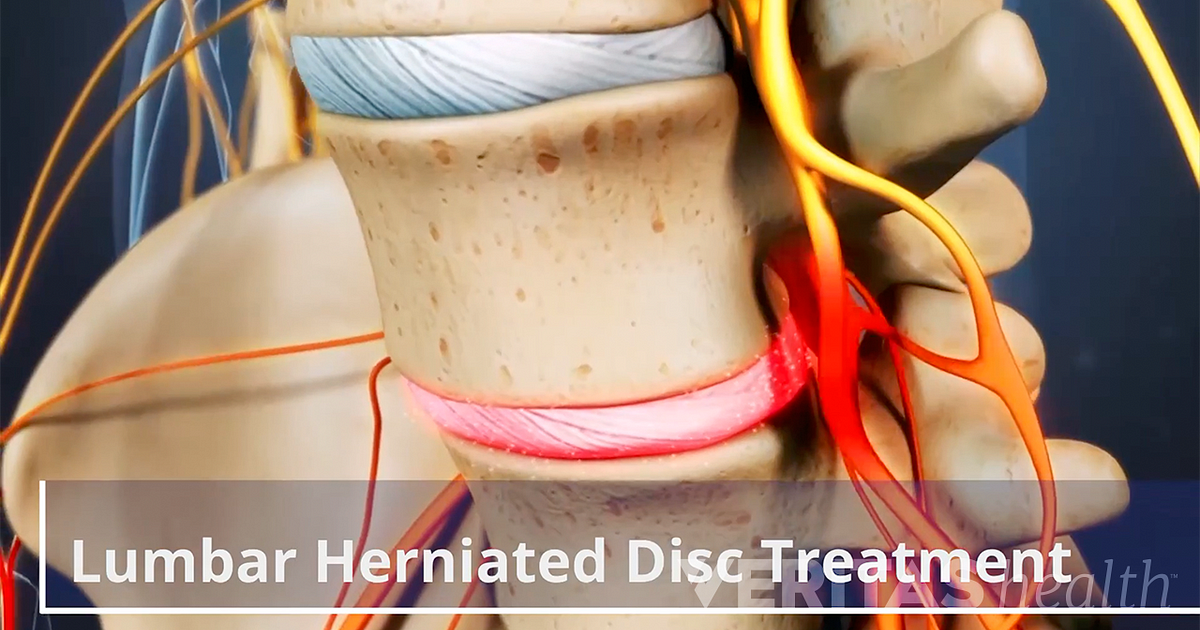Pain is a shared occurrence that can significantly impact our routine lives. Whether it's a acute trauma or a long-term condition, the quest for effective pain management is a common struggle shared by numerous individuals. In the face of this difficulty, various modalities have emerged, each offering relief and greater quality of life. Among these methods, acupuncture has achieved popularity as a holistic option for pain relief, often enveloped by myths.
This article intends to explore the role of acupuncture in pain therapy, delving into the most widespread fallacies and uncovering the truths supported by scientific evidence. We will provide a detailed guide on pain management, covering various types of pain, treatment options, and complementary therapies. By grasping the science behind pain and the holistic approaches available, we can enable individuals to make informed decisions about their pain management strategies. Come with us as we journey through the challenges of pain, focusing on both established methods and novel solutions in the pursuit of relief.
### Understanding Pain and Its Types
Pain is a complex as well as varied occurrence which serves as a crucial signal indicator from the physical self . It can be defined as an uncomfortable sensory-related plus affective sensation associated with physical and likely structural damage . Understanding discomfort is key to effective treatment as well as comfort, as it might significantly impact a individual's quality of life . Understanding the various kinds of pain assists in selecting appropriate interventions and methods to address individual requirements .

There are primarily a pair of classifications of discomfort : intense plus chronic . Sharp suffering is generally brief plus frequently results from a particular injury as well as ailment. It has a physiological role, notifying the body to injury that needs prompt response. On the other hand , ongoing suffering lasts for extended times , commonly lasting beyond 3 , plus might persist even subsequent to the primary injury has been healed . Chronic pain tends to be more challenging to handle, as it might not possess a clear reason and might influence psychological state.
In addition to sharp as well as ongoing suffering, exist several distinct forms of discomfort that need various strategies to management . Tissue pain results from bodily damage to bodily structures , whereas nerve-related suffering comes from nerve tissue damage , causing irregular pain messages . Additionally, there exists emotional suffering, stemming from mental or mental conditions instead of physical harm. Acknowledging these distinctions enables medical professionals to tailor their therapy strategies effectively , ensuring more efficient pain management plus better client experiences.
Managing Pain Methods and Therapies
Managing pain encompasses a variety of strategies and treatments designed to reduce discomfort and enhance quality of life for patients suffering from severe or chronic pain. Conventional methods, such as medication, play a significant role in managing pain; however, many patients are seeking alternatives due to concerns over opioid dependence and adverse effects. The integration of alternative approaches, including physical therapy, chiropractic treatment, and massage, can provide beneficial relief by addressing underlying issues and promoting overall well-being.
Acupuncture, a major component of complementary medicine, is gaining popularity as an efficient method for pain relief. By activating specific points on the body with delicate needles, this technique can help release endorphins and regulate the flow of energy. Many individuals report significant reductions in pain, particularly for conditions such as arthritis, migraines, and lumbar pain. Understanding how this method works in conjunction with other therapies can provide a comprehensive approach to pain management.
In the last decade, developments in managing pain techniques have emerged, including interventional methods like nerve block injections and radiofrequency ablation. These less invasive procedures offer targeted relief for chronic pain by interrupting pain signals sent to the brain. Additionally, combining these procedures with lifestyle changes, such as exercise, mindfulness, and nutritional adjustments, can create a complete pain management plan that addresses both the bodily and psychological aspects of pain.
### Complementary Interventions & Daily Living Practices
Investigating non-traditional therapies can provide important gains to those people seeking relief against suffering. https://painmdhouston.com/ , such as, is acquired esteem because of this ability in alleviate multiple kinds regarding soreness via stimulating targeted locations in the human body. The ancient technique seeks in order to rejuvenate balance and promote the human body's inherent restorative mechanisms, providing a option to those people wanting drug-free options. Numerous people report enhancements regarding both acute and acute and persistent pain issues, making this method a beneficial contribution in suffering relief therapies.
Adopting daily life modifications might also play an vital role in addressing pain efficiently. Regular physical activity, adapted for personal needs, may build the muscle system while also enhance flexibility, lessening total discomfort. Methods such as Hatha yoga and soft stretching simultaneously enhance well-being but also aid in controlling stress levels, as they might be a cause for pain. Eating habits also has a role into play; embracing an anti-inflammatory eating plan rich in fruits, vegetables, and good fats could additionally enhance pain reduction as well as general wellness.
Being mindful as well as relaxation methods should not be overlooked within an all-encompassing pain relief approach. Incorporating methods such as mindfulness meditation, deep breathing, as well as muscle relaxation techniques might benefit patients manage against the emotional aspects of discomfort. Through fostering a sense of calm and lowering stress, these methods can improve the efficacy in additional therapies, culminating in a complete approach which emphasizes the significance in the dual aspect of mind as well as the physical body during suffering treatment.
